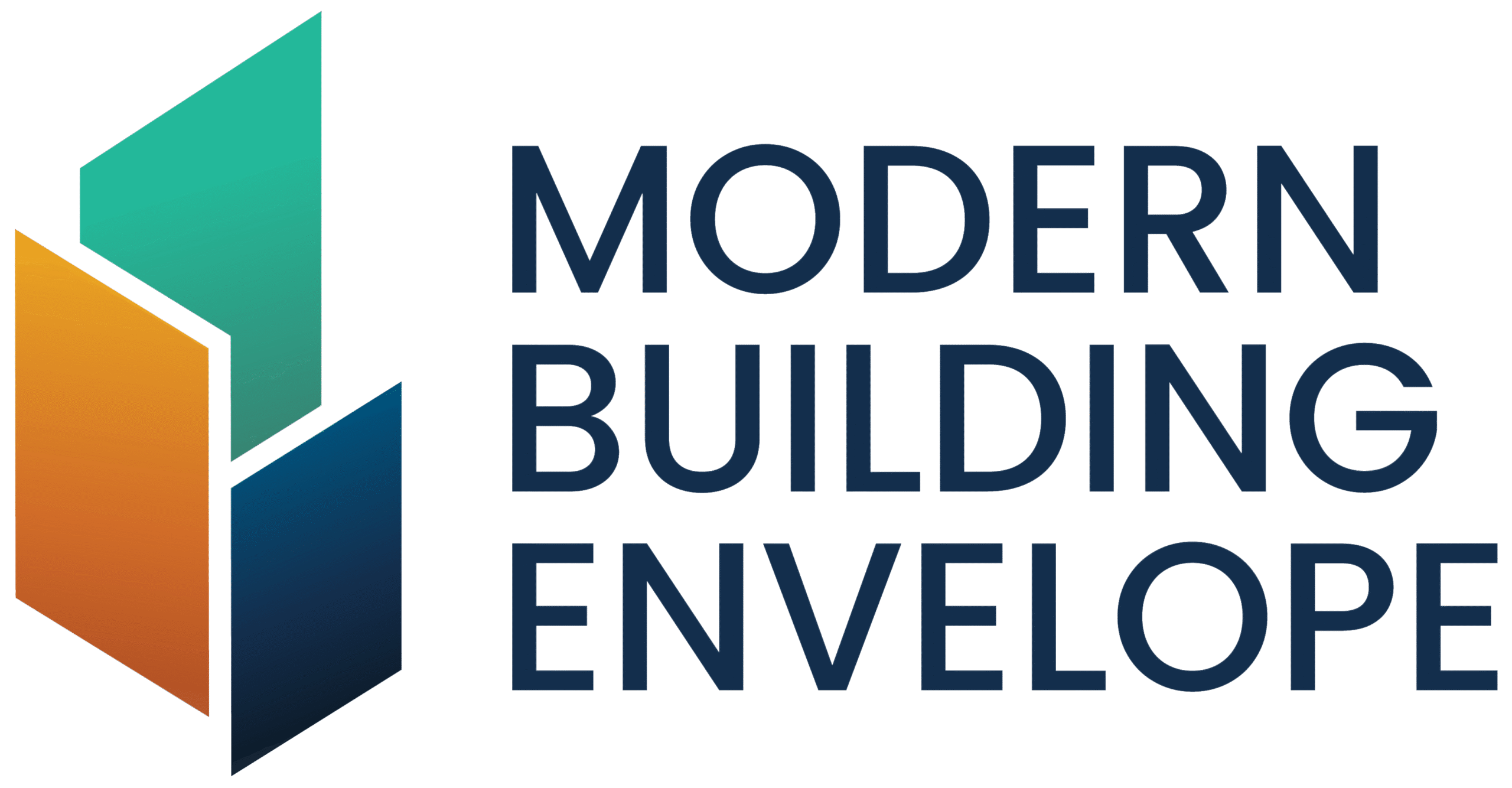Sustainability has become the foundation of modern construction, and artificial intelligence is playing a leading role in accelerating this change. From material selection to energy modeling and waste reduction, AI-powered tools are helping architects, engineers, and developers build smarter, cleaner, and more efficient structures.
As global climate goals tighten, the construction industry is turning to AI not just for automation but for intelligent decision-making that directly supports sustainable development.
How AI Enhances Sustainable Building Practices
AI brings together design data, environmental metrics, and predictive analytics to optimize performance across a building’s life cycle. It empowers professionals to evaluate how design decisions impact energy use, emissions, and resource efficiency long before construction begins.
This shift helps reduce waste, improve building quality, and achieve certifications like LEED, WELL, and BREEAM more efficiently.
Key AI Applications Driving Green Construction
1. Energy Modeling and Simulation
AI-based modeling software can analyze thousands of design variations to identify the most energy-efficient configuration. By predicting how a building will perform under different conditions, designers can choose materials and systems that lower operational costs and carbon emissions.
2. Smart Material Selection
Sourcing sustainable materials can be complex, but AI simplifies this process by evaluating suppliers, embodied carbon data, and life-cycle assessments. These tools help teams choose materials that meet sustainability targets without sacrificing performance or aesthetics.
3. Waste Management and Resource Optimization
AI can track material quantities and usage in real time, minimizing waste and improving logistics. On large projects, predictive analytics help reduce over-ordering, ensuring that resources are used responsibly and efficiently.
4. Energy Monitoring and Maintenance
Post-construction, AI-enabled building management systems monitor HVAC, lighting, and electrical loads to maintain optimal performance. Machine learning algorithms predict maintenance needs before issues arise, ensuring consistent energy efficiency over time.
5. Climate-Responsive Design
Generative design tools powered by AI allow architects to create building layouts that respond naturally to their environment. These tools consider sunlight, wind, and shading patterns to improve comfort and reduce dependence on mechanical systems.
The Role of Data in Sustainable Decision-Making
AI depends on high-quality data to drive sustainable outcomes. By integrating information from sensors, material databases, and environmental models, it enables holistic analysis of how every choice affects the building’s environmental footprint.
This data-driven approach supports measurable progress toward net-zero construction goals.
Challenges and Opportunities Ahead
While AI makes sustainability more attainable, successful implementation requires collaboration between technology providers, designers, and policymakers. Data privacy, software integration, and training remain challenges, but as adoption increases, AI will become the standard foundation of sustainable design workflows.
The Future of Sustainable Construction with AI
The future of green building lies in intelligent collaboration. As AI evolves, it will continue to enhance building performance monitoring, adaptive design, and material innovation.
Together, these tools will make it possible to create structures that are not only efficient but regenerative—buildings that actively contribute to environmental well-being.
Image Credits: Freepik











